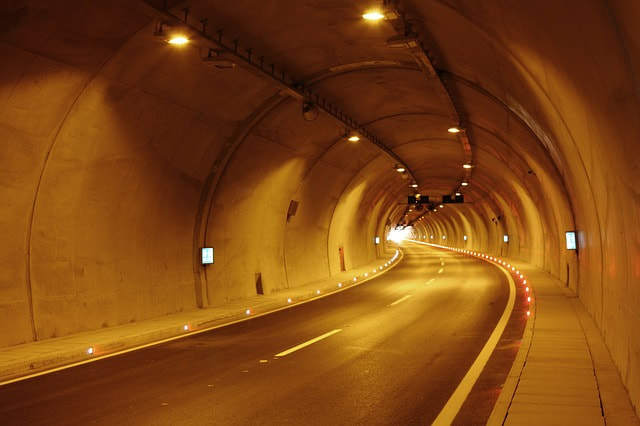|
High pressure sodium bulbs ("lamps") are an old standby for lighting that's still used today in spite of so much talk of LED lights. While upgrading to LED provides a lot of benefits, high pressure sodium (HPS) lamps still provide some of the most efficient lighting available. In fact, they're roughly as efficient as LEDs in terms of their light output for each watt of energy used. LEDs, however, are better able to control their light, which is why a lower-watt LED can replace a higher-watt high pressure sodium bulb. One main drawback to high pressure sodium lighting is that it has a yellow hue that simply doesn't show you how things really look. If your only concern is seeing your way through a parking lot or down a roadway, that may be good enough. Because of HPS efficiency, this has been deemed adequate for many years. But its low quality of the lighting means that -- when HPS lights are used -- it may be difficult to distinguish a car in a full parking lot, and security cameras or witnesses may not be able to identify people if a crime has taken place. There's also evidence that whiter lights can help with a driver's peripheral vision and stopping time. Still, because they're more efficient than most other lighting and an HPS bulb costs so much less than an LED replacement, you may be keeping things simple and sticking with HPS when you replace bulbs. The easy part of replacing them comes from being able to simply read the part number on the lamp that's gone out (or become too dim to use). You can search that part on our site if it's a brand we carry, or call our customer service team to find a comparable lamp that we do carry. Alternately, if you cannot read the part number or cannot find a matching lamp, you can read the ANSI code on the ballast to find a lamp that will work with the ballast. The difficult part of replacing these lamps is, of course, reaching them. They're usually on light poles and require some sort of lift. Besides visual acuity (and instant on/off lighting), this is another reason why LED replacements are becoming so popular. LEDs easily have twice the usable life. In fact, generally the only reason not to make the switch is the initial cost and complexity, as LED lamps are more expensive up front and they require an LED driver in place of the current HPS ballast. But given the energy savings and the true replacement cost including labor, the upgrade is worth exploring. Whatever you decide, we have lamps for you. Our high pressure sodium bulbs start under $10, and we have them ranging from 35 watts to a whopping 1000 watts, though the most popular are probably 250W to 400W lamps. Find what you need on our website, or call us if you need a hand!
6 Comments
Mduduzi
4/20/2019 04:51:21 am
What makes a hp sodium tube type to come in and off in working process.
Reply
Brittney @ Lighting Supply
4/22/2019 11:20:45 am
Hi!
Reply
Brittney @ Lighting Supply
8/17/2020 08:41:45 am
Hi there,
Briam
11/22/2019 06:09:55 pm
I would like to replace my hps with led corn row bulb, in one reply you state “Will bypass the ballast and no longer use it”. Do you mean the bulb will automatically do this or is it a wireing process I will have to complete?
Reply
Brittney @ Lighting Supply
12/4/2019 09:20:23 am
Hello!
Reply
Your comment will be posted after it is approved.
Leave a Reply. |
This blog's content is copyright © 2014-19 Lighting Supply.

